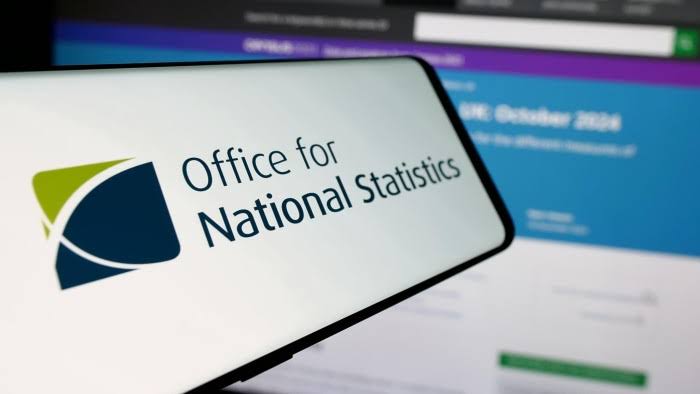Net migration to the UK in 2024 was 20% lower than previously reported, according to revised data from the Office for National Statistics (ONS).
The new estimate puts net migration at 345,000, down by 86,000, largely due to higher-than-expected emigration by British nationals.
The ONS now believes 100,000 fewer Britons were living in the UK last year than originally recorded. In total, 257,000 British nationals are thought to have left the country in 2024, while 143,000 returned, resulting in net emigration of 114,000—far higher than the earlier estimate of 17,000.
Despite the revision, the broader picture changes little. net migration from 2021 to 2024 is now estimated at 2.5 million, down slightly from 2.6 million.
The updated figures also show that migration peaked at a higher level than previously measured, adding 944,000 people to the population between April 2022 and March 2023. Earlier estimates suggested a peak of 906,000.
Conservative leader Kemi Badenoch defended her party’s record, saying that once the scale of migration became clear under Rishi Sunak’s government, “measures to bring immigration down” were introduced.
However, she acknowledged migration levels had been too high and blamed bureaucrats for poor border oversight.
Successive Conservative administrations pledged to reduce migration, while Labour argued in its 2024 manifesto that high migration discourages domestic skills development.
Recall that in May, Prime Minister Keir Starmer unveiled plans to sharply cut migration over the next four years, including banning overseas recruitment of care workers, tightening skilled worker routes and raising associated employer costs.
The ONS has been overhauling the way it measures migration since 2020. Prior to the pandemic, estimates were based on interviews with travellers at ports and airports—an approach that produced implausibly low numbers for British nationals, according to Migration Observatory director Dr Madeleine Sumption.
The new method relies on how frequently individuals appear in tax and benefits systems, which the ONS says gives a more accurate picture of migrants’ activity. But the approach has limits: people living off savings can disappear from government records without having actually left the country, creating potential distortions.
The ONS has already abandoned this method for measuring EU migration, instead using visa and border data from the Home Office.
Earlier data suggested a fall of 96,000 EU nationals living in the UK by the end of 2024, but the revised estimate puts that decrease at 69,000.
Analysts attribute recent increases in migration largely to policies introduced under Boris Johnson’s government from 2021 to include growth in work visas, especially for health and social care; rising student visa numbers; expanded humanitarian routes for people from Ukraine, Hong Kong and Afghanistan
Former prime minister Rishi Sunak tightened rules for students and care workers bringing family members, while on Monday Home Secretary Shabana Mahmood announced sweeping reforms to the asylum system, which she described as out of control and unfair.
“If we fail to deal with this crisis,” she told MPs, “we will draw more people down a path that starts with anger and ends in hatred.”



